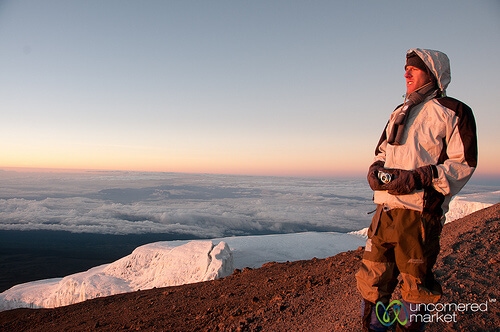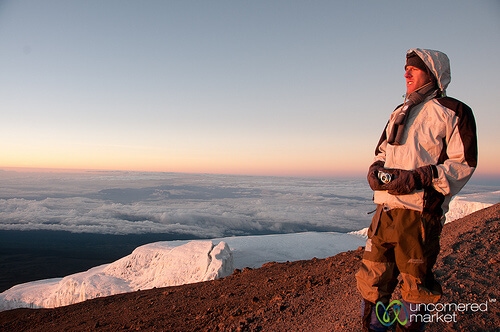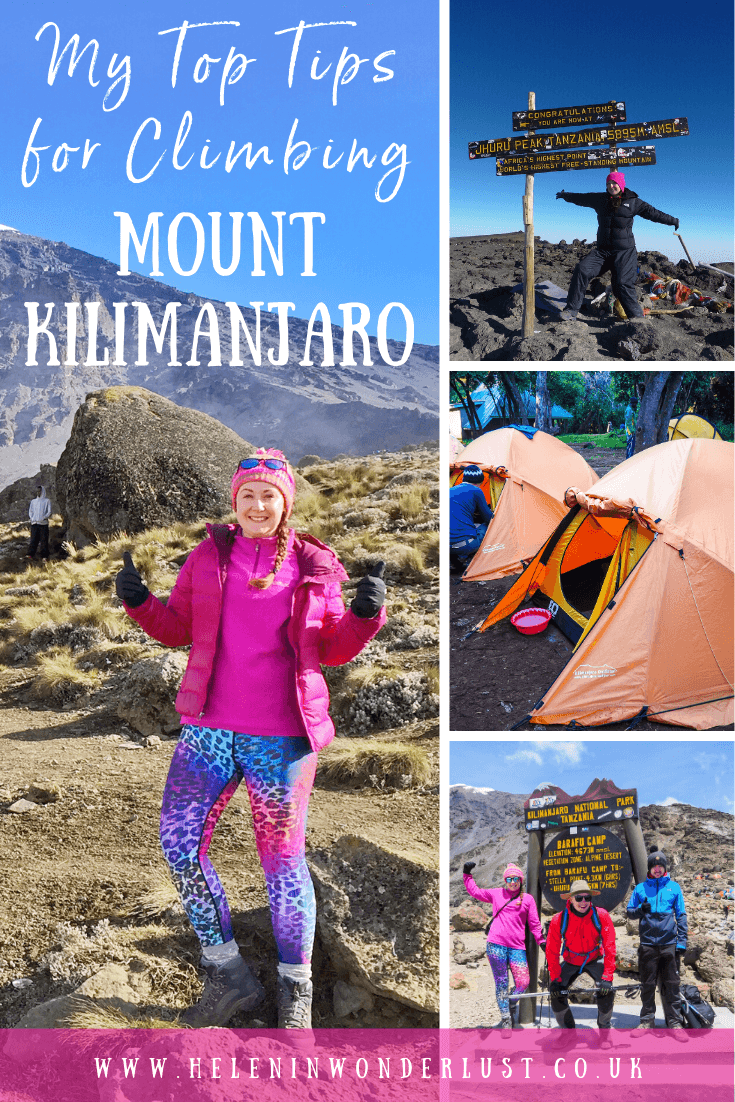Over 25,000 people attempt to climb Kilimanjaro each year, yet only about two-thirds make it to the summit. When I first stood at the base of this magnificent mountain, I was filled with awe and a creeping sense of doubt. Could I truly conquer Africa’s highest peak?
My journey, like so many trekkers before me, was marked by rigorous training and meticulous preparation. Kilimanjaro’s history is as rich as its challenging terrain, first summited in 1889. Interestingly, success rates significantly increase with longer itineraries, as they allow better acclimatization to the altitude.
Challenges and Triumphs of Climbing Kilimanjaro
Climbing Kilimanjaro is no small feat. Many trekkers face altitude sickness as they ascend. Altitude sickness can cause headaches, nausea, and even dizziness. This challenge often makes climbers question their ability to continue. Proper acclimatization is crucial to mitigate these symptoms.
Cold temperatures also test climbers’ endurance. As you reach higher altitudes, temperatures can drop significantly. This requires climbers to pack extensively for warmth. Layers of clothing become essential. Camps at night can be freezing, adding another layer to the challenge.
Despite the difficulties, the feeling of reaching the summit is indescribable. Standing at Uhuru Peak gives climbers an unmatched sense of accomplishment. The view from the top is a panoramic feast for the eyes. Many describe it as a life-changing moment. It’s a testament to human perseverance and strength.
There are key factors that can aid in a successful climb.
- Proper gear and attire
- Strong mental motivation
- A supportive team
Following these tips can improve the chances of success. Climbers must be prepared for both the physical and mental challenges of the journey.
Personal experiences from climbers with Sirikwa Travel
Sirikwa Travel has guided countless adventurers up Kilimanjaro. Jane, a teacher from Texas, described her journey as transformative. She shared how the guides’ support made all the difference. When she faced altitude sickness, her guide’s expertise helped her cope. This support turned a potentially disastrous situation into a manageable one.
Another climber, Mark, a retired firefighter, marveled at the camaraderie among his group. The team bonded over shared challenges, from battling the cold to dealing with exhaustion. Each evening, they gathered around a warm meal, sharing stories. These connections made the experience even more special. The sense of community boosted everyone’s morale.
Climber Katie, an environmental scientist, found the climb enlightening on multiple levels. The journey deepened her appreciation for nature. She documented rare plant species they encountered along the way. Her guide, knowledgeable about local ecology, enriched her experience. Together, they marveled at the unique biodiversity of Kilimanjaro.
Key highlights from climbers’ experiences with Sirikwa Travel include:
- Expert guidance and support
- Strong sense of community
- Educational enrichment about the environment
These testimonials highlight the exceptional service and unforgettable experiences provided by Sirikwa Travel.
The Impact of Altitude on Climbers
High altitude affects climbers in many ways. The most common issue is altitude sickness, which hits when the body struggles with less oxygen. Symptoms include headaches, dizziness, and nausea. These can range from mild to severe, and improper acclimatization can make them worse. Understanding these symptoms is critical for climbers.
Another effect of high altitude is decreased physical performance. With less oxygen, muscles tire quickly. This makes even simple tasks feel exhausting. Climbers might find themselves short of breath after just a few steps. Proper pacing and rest can help manage this phenomenon.
Altitude impacts sleep quality as well. Many climbers find it hard to sleep at night. The body breathes faster to take in more oxygen, which can disrupt sleep patterns. Ensuring adequate rest is important for recovery and strength. Sleep aids may sometimes be used as a temporary solution.
- Altitude Sickness
- Decreased Physical Performance
- Impact on Sleep Quality
Each of these factors plays a significant role in the overall climbing experience. Proper preparation and understanding can greatly mitigate these effects. By following guidelines and strategies, climbers can improve their chances of a successful ascent.
Cultural and Environmental Significance of Kilimanjaro
Mount Kilimanjaro is not just a natural landmark. It holds deep cultural significance for the local Chagga people. The mountain is considered sacred and plays a role in many of their traditions. They believe it is the home of their ancestors’ spirits. This cultural connection adds a profound layer to the climbing experience.
Kilimanjaro’s biodiversity is astounding. The mountain hosts five distinct ecological zones. Each zone offers unique flora and fauna. Climbers can witness everything from lush rainforests to alpine deserts. This diversity makes the climb not just a physical challenge, but an environmental exploration.
There are important efforts underway to preserve Kilimanjaro’s ecosystem. Conservationists strive to protect its biodiversity. Organizations work to minimize the impact of tourism. Sustainable climbing practices are promoted among trekkers. This ensures that future generations can continue to enjoy the mountain’s beauty.
The glaciers on Kilimanjaro are shrinking. Scientists study these changes closely. They serve as indicators of climate change. The mountain’s ice caps have lost a significant portion over the last century. This alarming trend highlights the urgent need for environmental action.
- Preserving Cultural Heritage
- Protecting Biodiversity
- Promoting Sustainable Tourism
The cultural and environmental significance of Kilimanjaro cannot be overstated. Climbers are encouraged to respect both the land and its traditions. By doing so, they contribute to the mountain’s ongoing legacy and preservation. It’s a shared responsibility that enhances the journey for all.
Key Takeaways
- Climbing Kilimanjaro is a challenge due to altitude sickness.
- Cold temperatures make the climb even more difficult.
- Expert guides greatly enhance the climbing experience.
- A sense of community boosts climbers’ morale and motivation.
- Every successful climb feels like a monumental achievement.



